The Big EdTech Journey! How I got into Udacity

Like many tech bros out there, working for Udacity has been one of my major objectives. When I aced the Udacity Interview, many of my friends reached out to me for tips and guidance for their upcoming job hunting and interview in any of the big EdTech (i.e., Coursera, Udemy and Udacity).
During these conversations, I began to notice patterns and thought it might be worthwhile to document my experience since I am well aware of the challenges of interviewing in and out. It is a bittersweet process that can put your imposter syndrome to the test, especially if you believe you need to be a superhuman in your tech stack to get into one of the big EdTech companies. Many online resources aided my preparation, and this is one way for me to give back to the tech community.
Fun fact: I received my first interview invitation from Udacity in 2019 but did not take the first test due to imposter syndrome. I was unmotivated to take the test, so I declined the invitation because I was not prepared to embark on a journey in which I assumed I had to be a superhuman to excel. My biggest regret in my tech career was declining; I could have made a lot of money by now to give baby "K" her dream wedding, lol.
In the words of Eloise Ristad, “When we give ourselves permission to fail, we, at the same time, give ourselves permission to excel”. I failed at permitting myself to test failure.
During my five-year career as a software and machine learning engineer, I've worked at a fintech company, start-ups and on massive Federal and State Government projects. I was also a master's student at Covenant University during this time, with a research focus on Natural Language Processing for improving Long-Text grading in Educational Technology. Each experience taught me a lot, and I believe that the knowledge I gained at each stage made my transition into Udacity easier than it would have been for techies without data structure/algorithm, web technologies and machine learning research experience.
Motivation
When I decided to look for my next opportunity, I had one objective: I wanted to take my time preparing for my next big role and not settle for anything less. Although I was interviewing for some of the big giants in the EdTech industry at the time, my chances of getting into Udacity were slim, as it was known to be one of the toughest machine learning and software engineering interviews in the industry. But somewhere in my mind, I knew I had to try because getting into the world's biggest tech company was not impossible. I would never have known unless I tried, kind of like Robert F. Kennedy, only those who dare to fail greatly can ever achieve greatly.
Studying based on Udacity's Nanodegree Curriculum and preparing specifically for it is generally the most overlooked section by candidates, and all I can say is that it is one of those sections that will certainly set you apart from others.
Hacking the patterns and elements of an Interview
Interview preparation, in my opinion, entails mastering four critical skills. Coding/technical, design patterns, resumes/previous projects, and, finally, organisational culture are all important considerations.
Coding and Technical
In my career, every company I have interviewed for has had at least two rounds of data structure and algorithm questions, as well as one round of technical questions in which you are given a problem and must come up with a solution and code for it. In most cases, you will also be expected to understand the fundamentals of the programming language for that role. Udacity will put your basic understanding of Python programming, SQL queries, containerisation, continuous integration, and continuous deployment to the test. Don't overlook your fundamental software engineering knowledge.
E.g., “Explain the components in Docker Image?”
The majority of the coding and technical questions on Udacity were problems and exercises from the Udacity Nanodegree program (i.e., full-stack web development, SQL, PostgreSQL machine learning, data science, and data structure and algorithms).
Design Patterns
Depending on the role I was interviewing for, some companies have one round of design pattern where you are given a rather abstract framework, and you are required to come up with a concept (i.e, architectural framework) for that system.
E.g., “How would you design a system if you had to build a classification model from scratch to detect cancer from a given imbalanced cancer dataset?”
Resume/Previous Projects
This is one of those interview rounds where I worked hard to showcase some of the amazing projects I have worked on while sharing my research experience. There is more to interviewing than just coding. It all comes down to establishing yourself as a potential teammate. This requires you to demonstrate to the recruiters how you have previously collaborated on projects with others. This section on your resume could be about something specific, such as a skill or a project.
E.g., "Could you please tell me about the blocker you faced in this project and how you overcame them?"
Organisational Culture
Understanding Udacity’s mission, vision and core values and preparing for it is generally the most overlooked section by candidates and is one of those sections that will set you apart from other candidates. You could or might not be asked direct questions about it, but this will help you prepare much better for the sections above.
E.g., “How can your technical skills enhance our core values?”
In the next part, I will discuss the resources and strategy I utilised to scale through the Udacity Interview. Watch out for part two!!

The Big EdTech Journey! How I got into Udacity
By
 Guembe Blessing
•
7 plays
Guembe Blessing
•
7 plays
 Guembe Blessing
•
7 plays
Guembe Blessing
•
7 plays
0:00 /
0:00
Referral Earning
Points-to-Coupons
Insights for you.




 971
971





















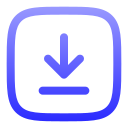

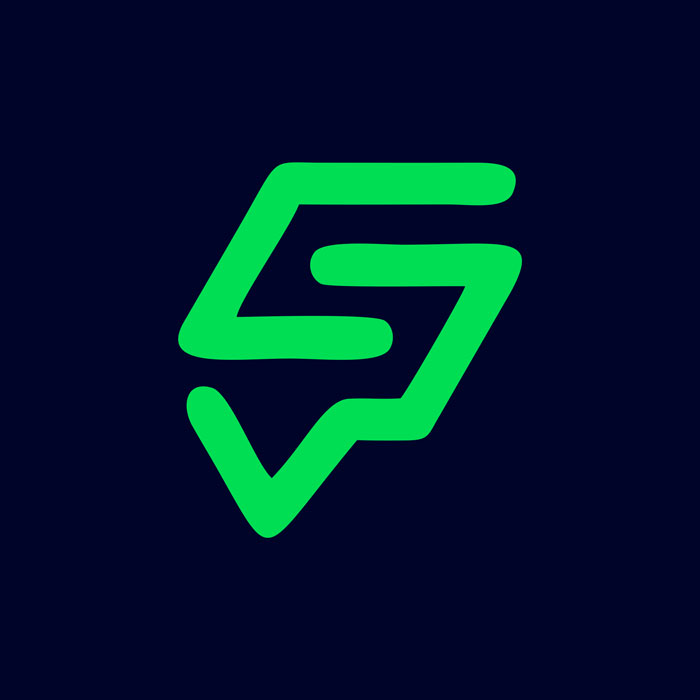

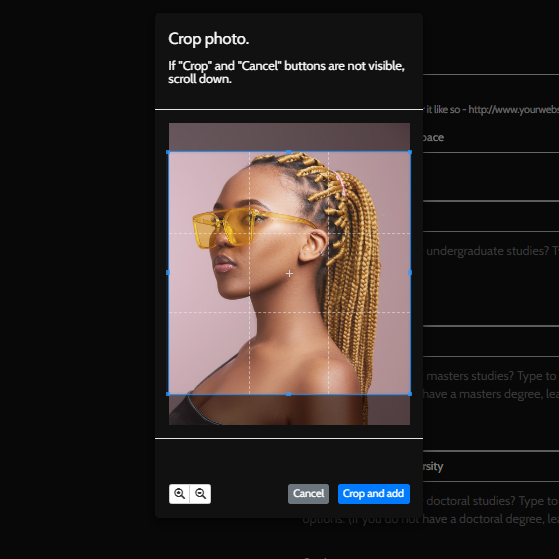
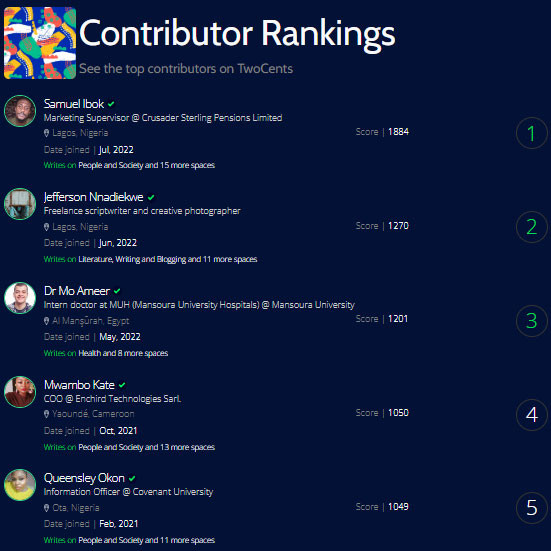
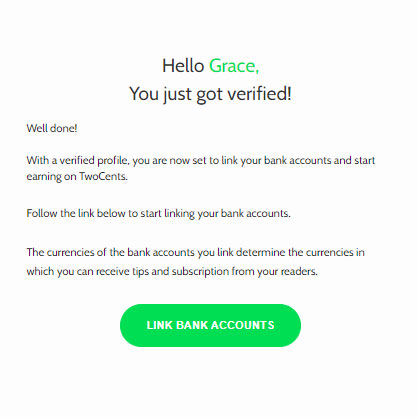
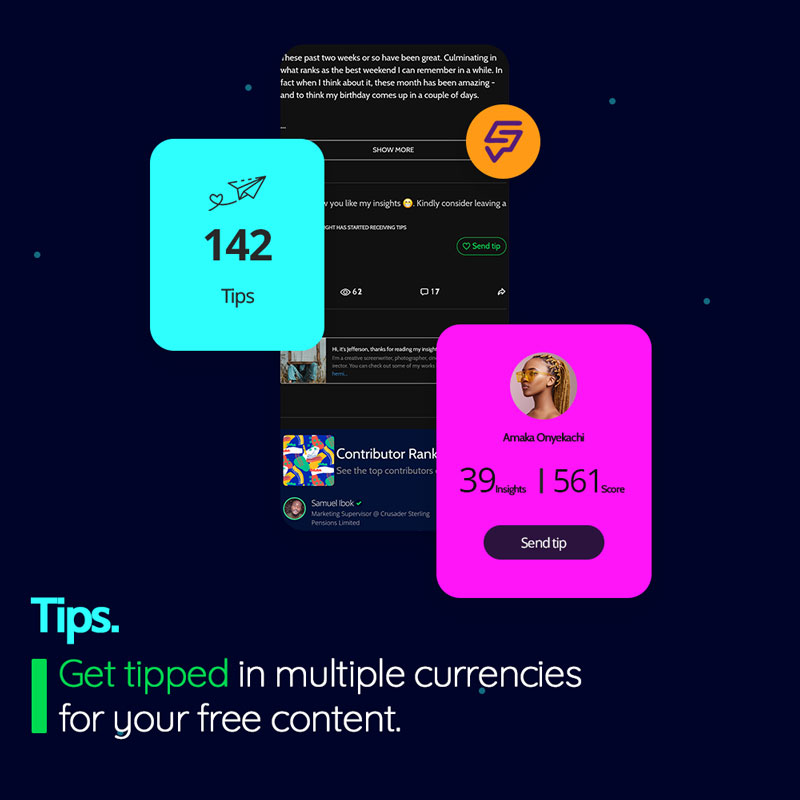
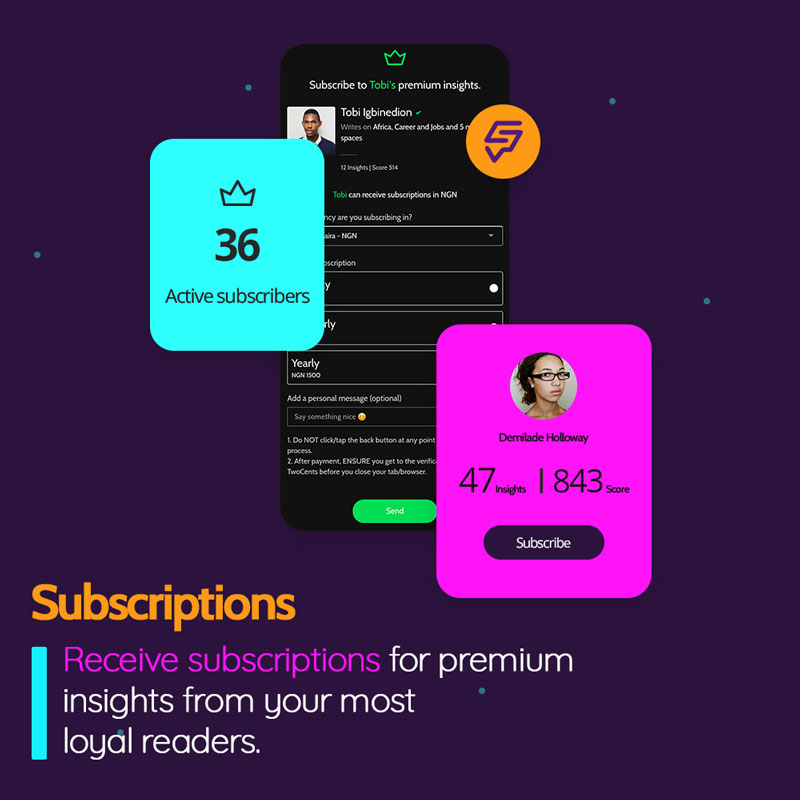
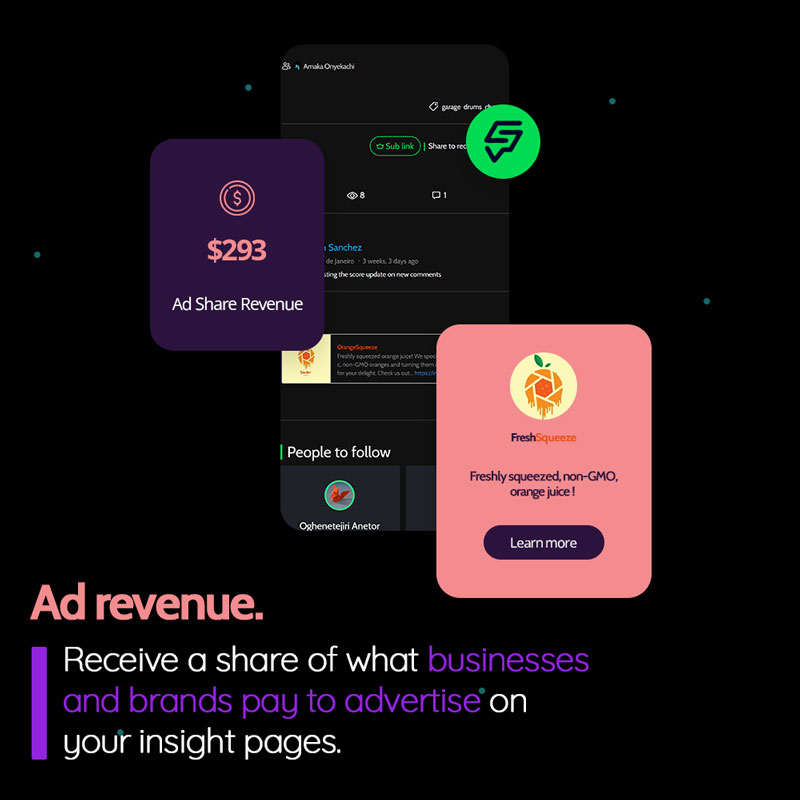

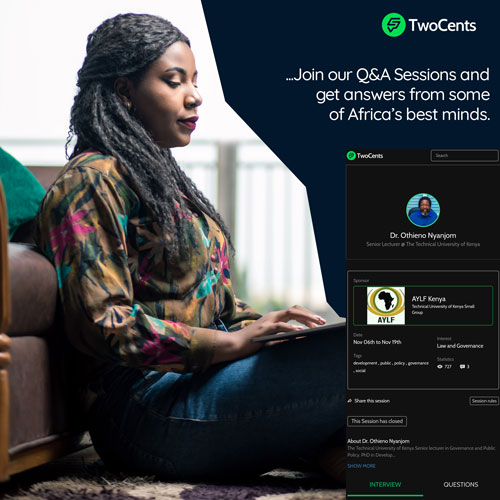
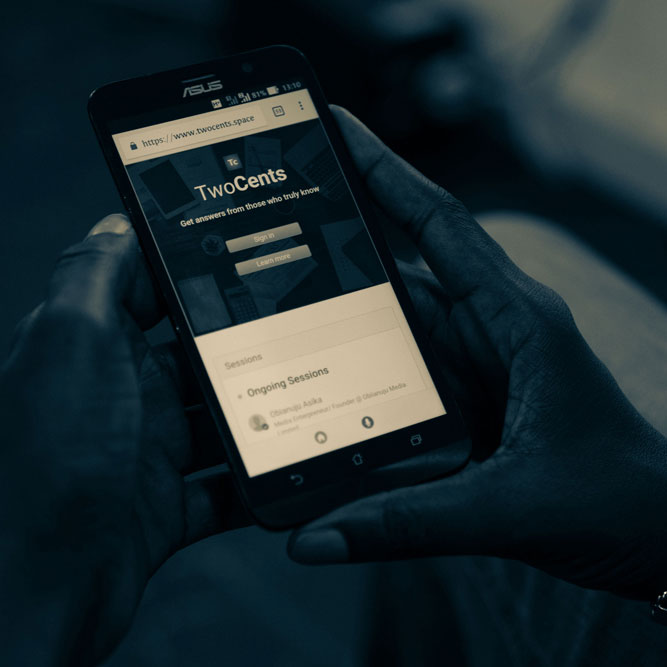


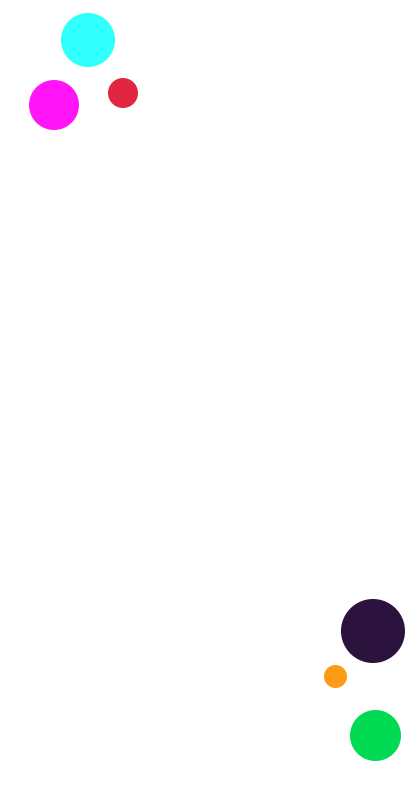
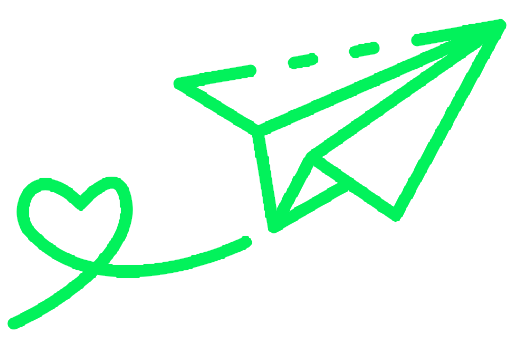





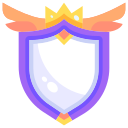



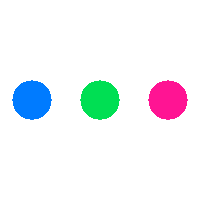
Comments